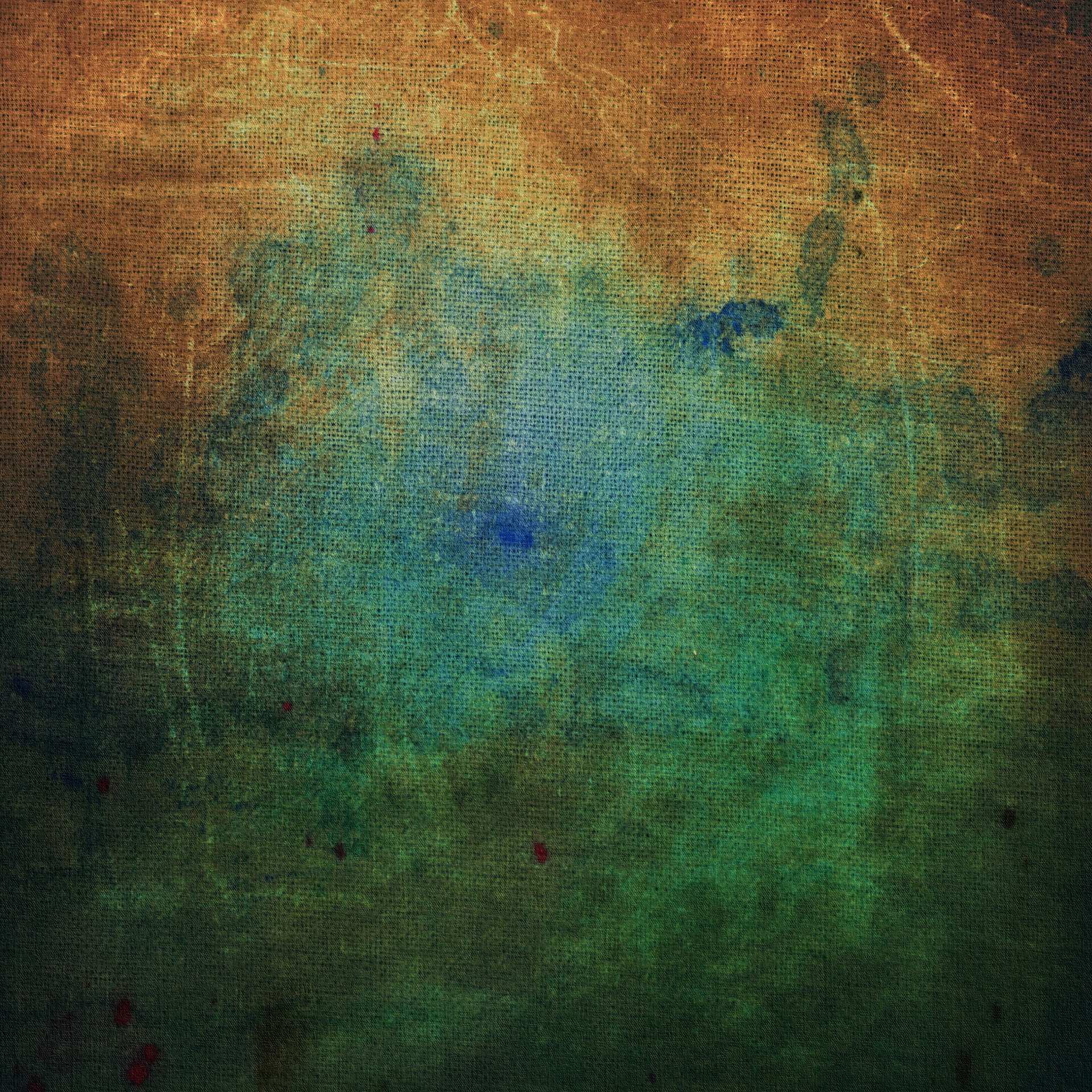Whether you are an artist working in a studio or just a passionate painter or illustrator at home, creating texture on canvas is critical to adding depth, realism and visual interest to your work. Texture can be created by adding cracks, holes, bumps or other imperfections in the paint or surface of the canvas. In this article, watercolor painter Travis Herberger shares some expert tips for painting texture on canvas that will help you create the right effect. Read on to know more:

Add Texture to Your Canvas with Stencils
Decorating your canvas with a stencil is one of the best ways to create texture on canvas. Stencils are on-demand objects that can be used to create patterns. You can easily paint around the stenciled pattern to create a subtle pattern that complements the painting or go all out and stencil patterns that are more prominent and create more texture. Another advantage of using a stencil is that you can create multiple textures in one canvas. For example, a forest painting can be decorated with a set of stencils that create twigs, leaves, and other forest-like textures. This way, you don’t have to create a forest scene from scratch.
Create Texture with Mural Paint
There are a number of ways to create texture with mural paint. You can add small dots of paint with a stencil to create a dot pattern, or use a sponge to create large-scale random dots. You can also add multiple layers of paint to create a contrasting tone or texture. For example, Travis Herberger adds, to create wood texture, you can use a brown or red base coat, then add layers of color to create a stained effect. You can also try out different oils and stains to experiment with different effects. Similarly, when creating a canvas with mural paint, it’s important to keep in mind the bottom portion of the canvas. The mural paint should not be applied too thickly or too thinly. The paint should be applied so that all the lines of the canvas are visible through the texture.
Use Scumbling Technique
Use scumbling technique to create texture in your canvas. It is a technique that uses a series of scumbling strokes to create a random pattern on the canvas. To create scumbling, use a large brush and a medium-to-thick paint. Start your scumbling strokes at the centre and use large, outward strokes to create the pattern on the canvas. Then, take the brush back to the centre and complete the scumbling strokes in a reverse direction to create the pattern on the canvas. To add variation to your scumbling texture, use varied line width, density and speed to create a textured canvas with varying scumbling effects.
Make Your Canvas Look Weathered By Dry Brushing
To make your canvas look weathered, dry brush it with a medium-thick paint and a sable brush. To create drybrush effects, contemporary artist Travis Herberger suggests using a slightly wet brush and a medium-thick paint. Start by lightly painting the canvas with the wet brush, then take the brush back to the canvas and use the bristles to create drybrush strokes, leaving a thin layer of paint on the canvas. Use a medium-to-thick paint so that the drybrush strokes don’t look like a blurry mess. If you want the canvas to look weathered, you should also add some cracks or holes to it.
Add Shading to Create Depth and Accentuate Texture
To add depth and create texture on your canvas, you can tone down the color of your paint or add a layer of drybrush or scumbling strokes to the canvas. To create shading, lightly paint the canvas with a wet brush and then take the brush back to the canvas and use the bristles to create drybrush or scumbling strokes. Adding a layer of drybrush or scumbling strokes to the canvas is a great way to create depth and make the canvas look more realistic.
Work with Colored Pencil for Colorful Effect
If you want to create a colorful texture on your canvas, you can try using colored pencils. Colored pencils are sold in the form of sticks, which give the artist great control over the color used. You can simply color the canvas with colored pencils, or you can use colored pencils to scumble the canvas. Simply apply colored pencils with a pencil sharpener to create an even layer of pencil on the canvas.
Conclusion
Creating texture on your canvas is not as difficult as it seems. This technique can be used to add depth, realism, and dimension to your paintings. Texture can be added to your paintings in a number of ways, including stencils, scumbling, drybrushing and scumbling, mural paint, and colored pencils. When creating texture on canvas, it’s important to keep in mind the bottom portion of the canvas. The texture should not be applied too thickly or too thinly. The paint should be applied so that all the lines of the canvas are visible through the texture. Texture on canvas can be created by adding dots, scumbles, drybrushing, or color pencils. These tips and techniques will help you create more depth in your paintings and truly make them come to life!